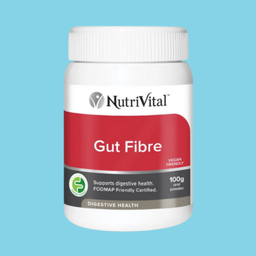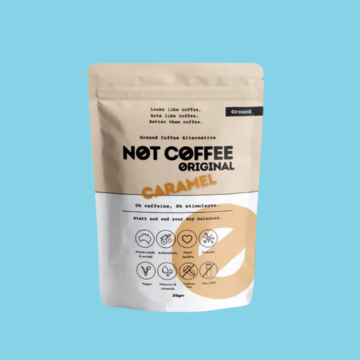Maca may look like a rather unassuming root vegetable but there is much more to this little tuber than you may think. Naturopath Cate Lilja reports on the many marvels of maca.
Similar in appearance to a radish or a turnip, maca is indeed related to these common salad vegetables. They are all part of the brassica family, with other species including broccoli, cabbage, mustard, and cauliflower. You may have heard that increased consumption of brassicas is linked with a lower incidence of certain types of cancers. This is thought to be due to the presence of a group of powerful chemoprotective compounds called glucosinolates. Sulfur-rich glucosinolates break down to their active form – isothiocyanates – in our body where they boost antioxidant status and assist with the body’s detoxification systems. Maca, like its brassica cousins, contains this same group of powerful antioxidants that elicit this benefit and contribute to overall health.
Maca is native to Peru and has provided important foodstuff for thousands of years to the local people of the region, growing where nothing else would. Seeing maca thrive in such a harsh environment, the locals believed its consumption would help them do the same. In modern herbal medicine, this activity is termed “adaptogenic”. Adaptogens are a group of plants that help the body “adapt” to certain environmental stressors. They are thought to act on the endocrine system and influence the production of hormones. In this way, maca is believed to influence the hypothalamus and adrenal glands, thereby regulating the production of stress hormones.
Maca was domesticated over 2,000 years ago by the Incas and has been consumed ever since by Peruvians, who believe it to provide stamina, boost energy and promote wellbeing. One recent study has compared the health status of a population from Peruvian Central Andes who consumed maca throughout their life, with a group from the same area who did not. Maca consumption was associated with higher scores in overall health status as well as lower scores for signs and symptoms of chronic mountain sickness, perhaps demonstrating the adaptogenic qualities of maca. Peruvians still use maca both as a nutritional food and as medicine. It is used to treat anaemia, premenstrual syndrome, menopausal symptoms and to boost the immune system. Importantly, maca was and is still used by Peruvians to improve fertility and virility.
While the science is still in its infancy and more research is required, there is a growing body of evidence to support these claims. It is thought that maca, through its adaptogenic activity, improves the body’s endocrine functions, including that of the sex organs and hormones. Animal studies have demonstrated this effect and looked at the benefit of maca supplementation on prostatic hyperplasia, osteoporosis and some measures of fertility.
There are some emerging clinical trials on humans also. One randomised trial demonstrated a positive effect on sexual dysfunction in healthy men, resulting in increased sexual desire. While other studies have shown maca consumption may increase sperm count and motility, and even improve symptoms of erectile dysfunction. It’s not just men enjoying all the benefits in this regard. A study conducted on a group of post-menopausal women showed an increase in sexual desire, as well as improved mood and decreased levels of anxiety and depression.
Nutritionally, maca boasts a rich profile of amino acids, in particular, it is high in arginine – a vasodilator that is nutritionally important for many aspects of sexual health. Maca is 10 percent dietary fibre and is comparatively rich in minerals zinc, iron and copper, compared with other root vegetables, whilst being very low in sodium.
Try our Maca Smoothie Bowl recipe

